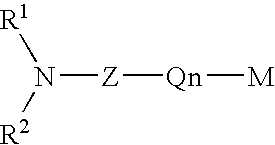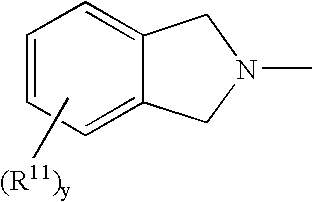Liquid polymer
a liquid polymer and polymer technology, applied in the field of elastomeric articles of manufacture, can solve the problems of difficult removal of cured rubber articles from molds, inability to use conventional processes in manufacturing intricate rubber articles, and high labor costs of conventional processes, so as to reduce raw material costs, reduce labor costs, and the effect of outstanding
- Summary
- Abstract
- Description
- Claims
- Application Information
AI Technical Summary
Benefits of technology
Problems solved by technology
Method used
Image
Examples
examples
[0034] The following series of examples is intended to be illustrative of the polymer synthesis, compounding, and mixing procedure used with liquid polymers and is not intended to limit the scope of the invention, nor are they intended to limit the method of polymer synthesis, compounding, or mixing of the materials. One skilled in the art of polymer synthesis, compounding, and mixing realizes that a number of methods may be used to obtain the same results and give the desired compound paste without parting from the spirit or intent of the present invention.
[0035] The following examples serve to demonstrate the unexpected reduction in compound viscosity and increased clarity when an amine containing liquid polyisoprene is used as the base polymer in a curable composition.
Polymer Synthesis:
[0036] Low molecular weight polyisoprene was synthesized in a one-gallon batch reactor equipped with a variable speed agitator and a heating / cooling jacket to control reactor temperature via a ...
PUM
| Property | Measurement | Unit |
|---|---|---|
| temperature | aaaaa | aaaaa |
| temperature | aaaaa | aaaaa |
| temperature | aaaaa | aaaaa |
Abstract
Description
Claims
Application Information
 Login to View More
Login to View More - R&D
- Intellectual Property
- Life Sciences
- Materials
- Tech Scout
- Unparalleled Data Quality
- Higher Quality Content
- 60% Fewer Hallucinations
Browse by: Latest US Patents, China's latest patents, Technical Efficacy Thesaurus, Application Domain, Technology Topic, Popular Technical Reports.
© 2025 PatSnap. All rights reserved.Legal|Privacy policy|Modern Slavery Act Transparency Statement|Sitemap|About US| Contact US: help@patsnap.com



